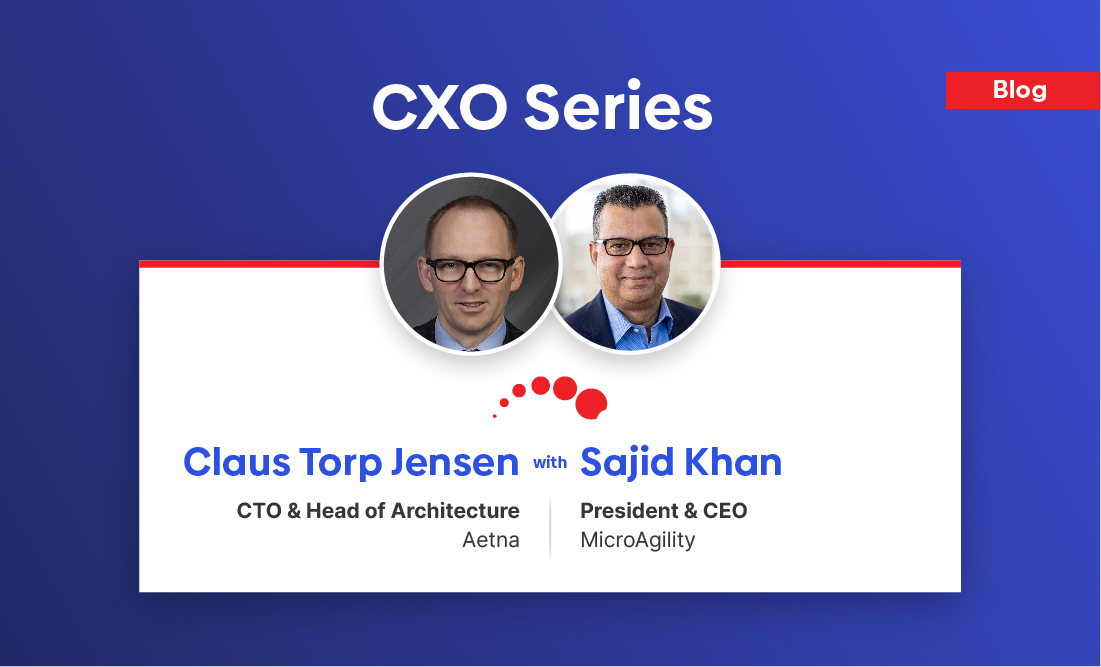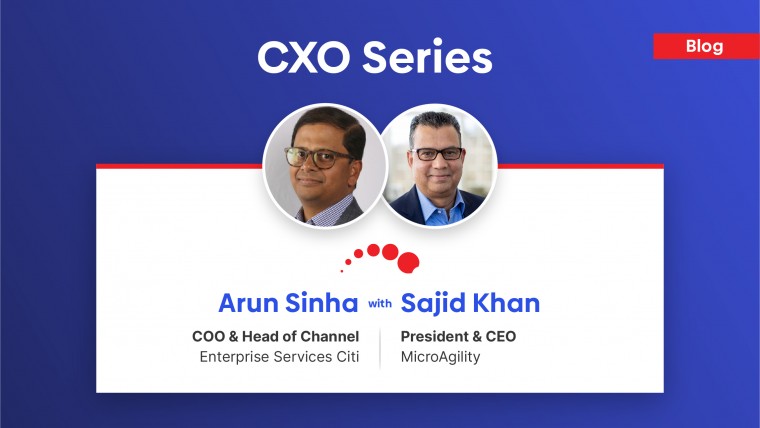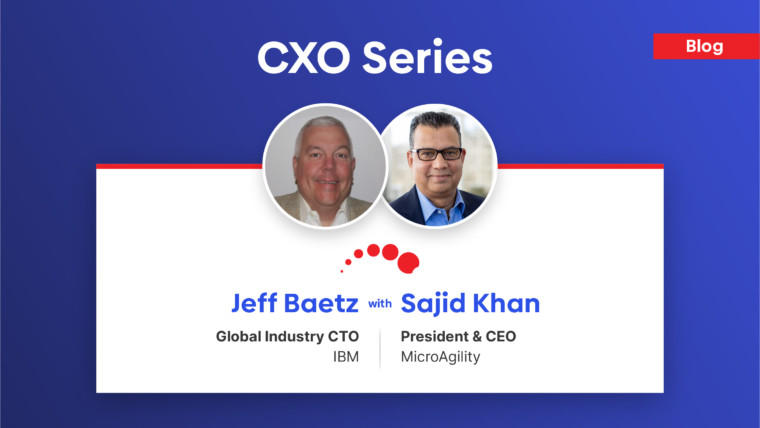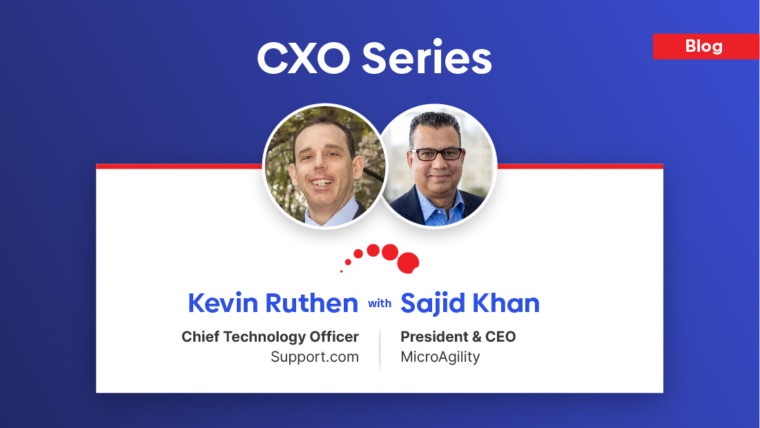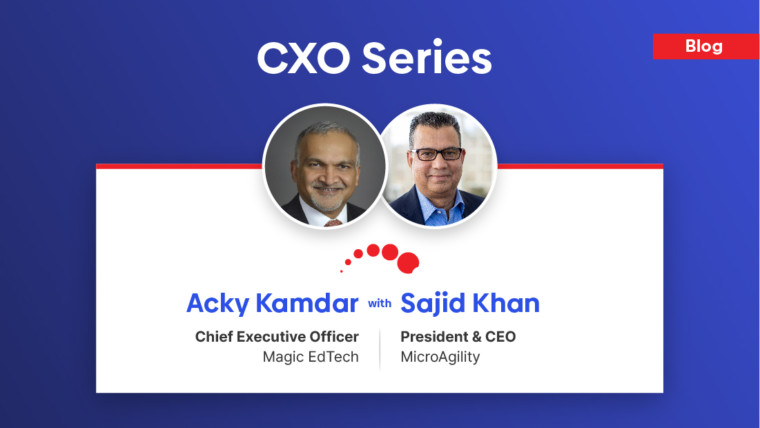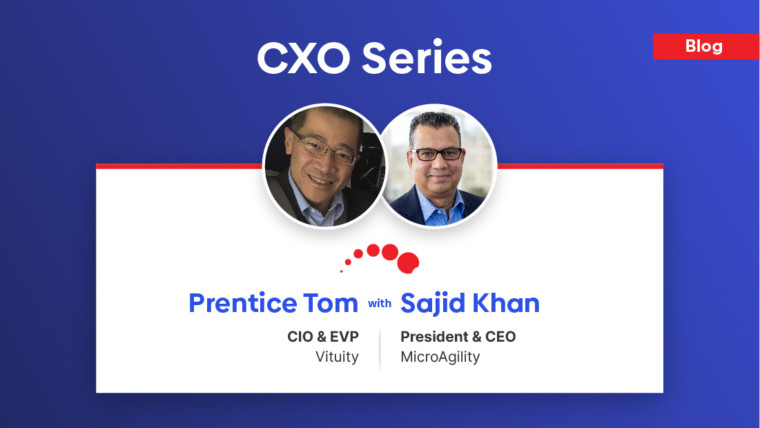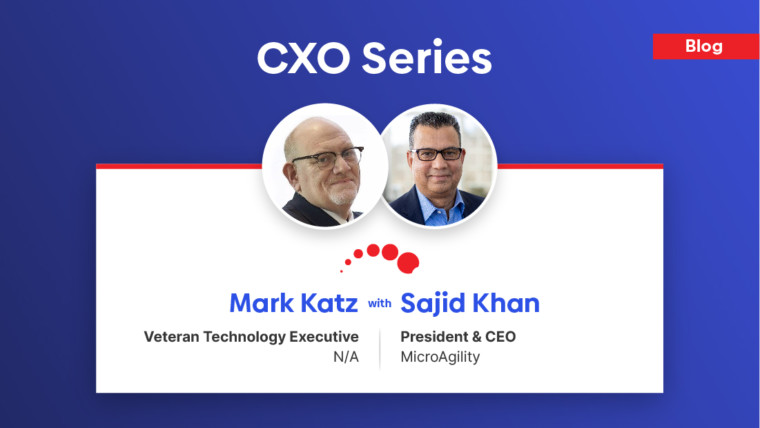As Chief Technology Officer and head of Architecture, Claus Jensen designs technology solutions and provides transformation guidance across the Aetna enterprise. He leads a team of 250 architects that drives technology innovation and adoption, delivers architecture planning and designs for all major initiatives, and organizes and executes M&A activities.
Since joining Aetna in February 2015, Claus and his team have been instrumental in critical initiatives, including defining and executing transformation of the Aetna business operating platforms, pushing the boundary of the possible with emerging technologies, sponsoring and driving Digital Transformation, creating a Unified Data Fabric based on Big Data principles and reducing the cost of IT integration by more than 50 percent.
Sajid Khan: Claus, Thank you very much for taking the time out of your busy schedule for this Interview. Can you begin by sharing your perspective on the role of CTO & Head of Architecture at a leading health care firm?
Claus: It is really all about people and relationships. Modern technical executives sit in the intersection between business and IT. At Aetna, my main function is to help turn Vision into Action – a phrase that also happens to be the slogan for my organization. ?
My business card says Chief Technology Officer. To do that job well, I am much more – change agent, marketer, storyteller, entrepreneur, blogger, coach, digital leader, and of course, experienced executive.
SK: What challenges impact the health care industry today?
Claus: Health care is complicated, and we all know there is room for improvement. Both strategically and on a day-to-day basis we focus on making sure that the company is holistically integrated, that we understand the people we serve, and ultimately transform our products and services to help our members improve their health. If we can move the conversation about health from the exam room table to the kitchen table, we can address the 90 percent of factors that influence health which take place outside of a doctor’s office. To me, that is a worthy cause, and it keeps me energized every day.
SK: What trends do you see ending their life cycle, what are some trends that you see for the future, for the health care industry?
Claus: Until now, each of the main players in the health care industry has been pursuing platform strategies in isolation. I believe that we are at the end of what we can achieve that way. We need to take a different path that is much more focused on collaboration, much more integrated and much smarter in the way we address health needs. These changes also reflect something else that I believe is changing in the industry, which is a focus on health broadly rather than health care narrowly.
SK: Would you like to share some of the challenges associated with technology enabled business transformation?
Claus: The very nature of the enterprise continues to change rapidly; with business and IT leaders shifting attention to holistic business ecosystem design, and with technology as a differentiating enabler rather than a cost center. This changes everything.
The IT organization of tomorrow must be a partner, even an instigator of change rather than simply an order taker. We should never pursue technology for technology’s sake; yet more frequently, the art of the possible is changing based on combined advances in hardware, software and the end user interaction model. It took us more than twenty years to go from personal computers to smartphones and ten years after that to get to wearables. The next transformation, likely voice and natural language, will take only five years, with the next major change taking even less time.
A few years ago, someone asked me for a prediction of technology in 2020. I answered: “In 2020, science fiction will have become real.” I believe that is where we are going. We will continue to blur the lines between people, process and technology, to give everyone the ability to pursue their individual goals in a way that fits their lifestyle.
SK: What’s been the biggest achievement in your career thus far?
Claus: My biggest achievement, in a very real way, is the people that I helped along the way. Be that my employees, my colleagues, or the customers of the company I work for.
Throughout my 20-year career there has been a lot of technology achievements, and a lot of business achievements to go with them. Successful company acquisitions, significant reduction of integration costs, transformation of business operating platforms, digital transformation initiatives, technology innovation. It’s hard to say which one was the”biggest.”
My track record demonstrates how I combine people, business and technology skills to drive technology-enabled business transformation. This, together with my ability to motivate and develop high caliber technical talent, is what has defined my career.
SK: What advice would you offer for other IT executives who desire to follow you?
Claus: Learn the business and know your customers, external as well as internal. To be effective in the world we now live in, you need strong soft skills and quite a bit of emotional intelligence. That is true for the IT executives, but also for the key members of their teams.
APIs, Mobile, Cloud, Big Data, Analytics, Artificial Intelligence – these are terms with a technical origin but leading to a fundamental change in possibilities and expectations for the end-user experience. Product focus and design thinking are key ingredients of a modern, customer-obsessed organization. Make sure your technical leaders embrace and adopt these types of practices, and that they pursue integrated, agile business and IT teams.
SK: Anything else you would like to share with our readers.
Claus: Remember to have fun. Remember to enjoy your successes. People are often so busy looking to the next problem, the next challenge that they forget to treasure the things they have already achieved. Above all, never let your mind trick you into thinking that you “have lost it” – keep pushing the boundary of what you can achieve!

